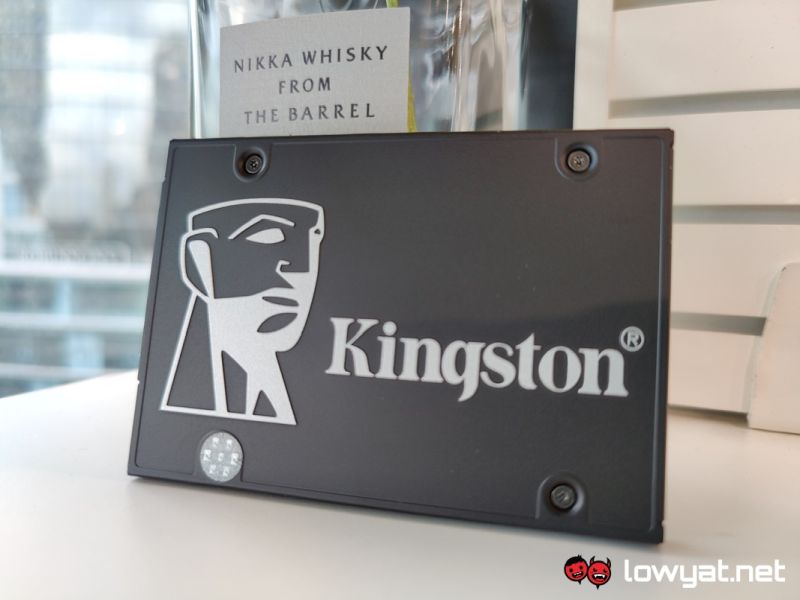Kingston is a brand that has a long-standing reputation for producing some really impressive memory kits, both via its main brand and its gaming arm, HyperX. Besides high-performance memory and gaming kits, the company is also responsible for producing some of the solid-state storage solutions for both gamers and non-gamers.
On that note, Kingston sent over its KC600 SATA SSD for me to play around with. So then, without further ado, let’s get to it.
What Is It?
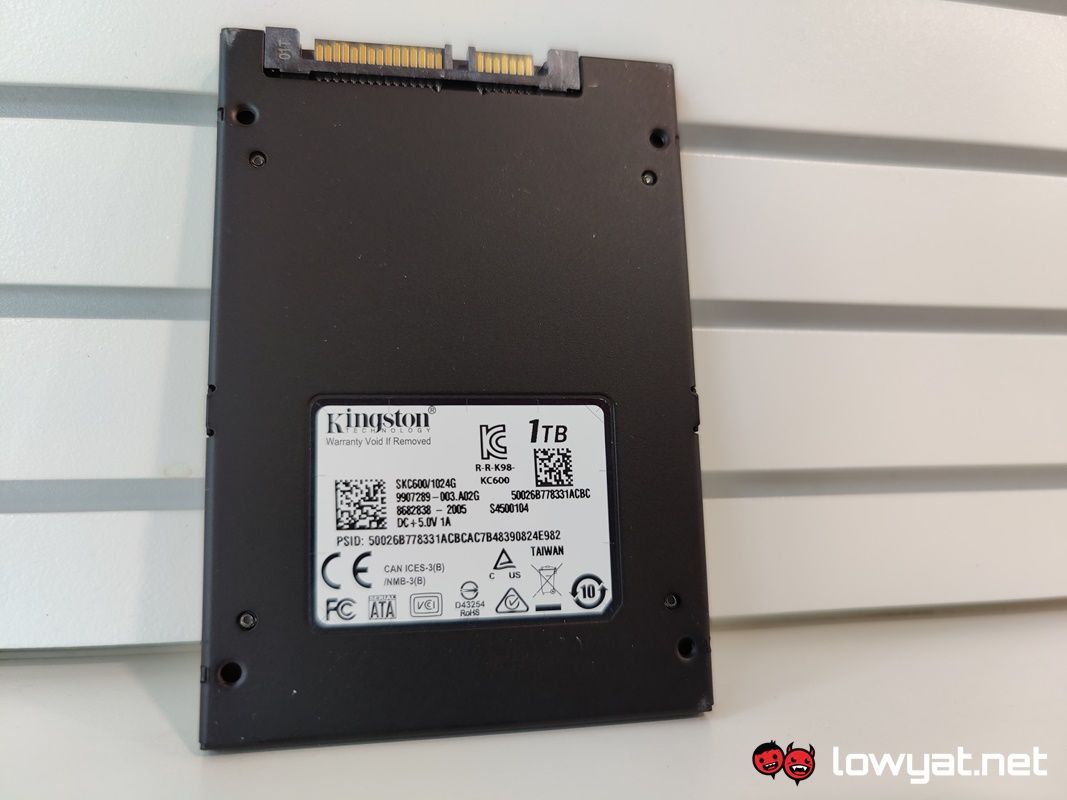
Well, the KC600 is basically a SATA SSD that comes in four storage capacities: 256GB, 512GB, 1TB, and 2TB. Inside, the SSD houses Silicon Motion’s SM2259 controller, and uses a 3D TLC NAND flash memory.
The sequential read and write speeds of the KC600 is what you’d expect of a conventional and standard SSD; the maximum sequential read speeds peaks at 550MB/s while its sequential write speeds hits 500MB/s for the 256GB variant and 520MB/s for other three.
What sets the KC600 apart from the crowd is the inclusion of a full security suite that includes AEC 256-bit hardware-based, self-encryption support, TCG Opal, and eDrive that comes as a bundle. Sadly, my review unit simply arrived without the software bundle.
Is It Any Good?
As I said, as far as SATA SSDs go, the KC600 isn’t outstanding, neither is it anything to shout about. Of course, having said that, using it as off-site storage for my favourite video game and programs instead of my standard HDD obviously makes a world of difference; in-game loading times are significantly faster, as do other non-gaming related programs installed on the drive.
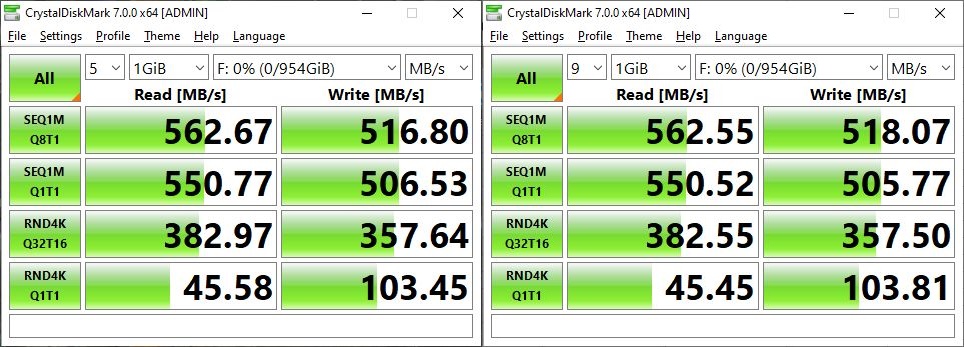
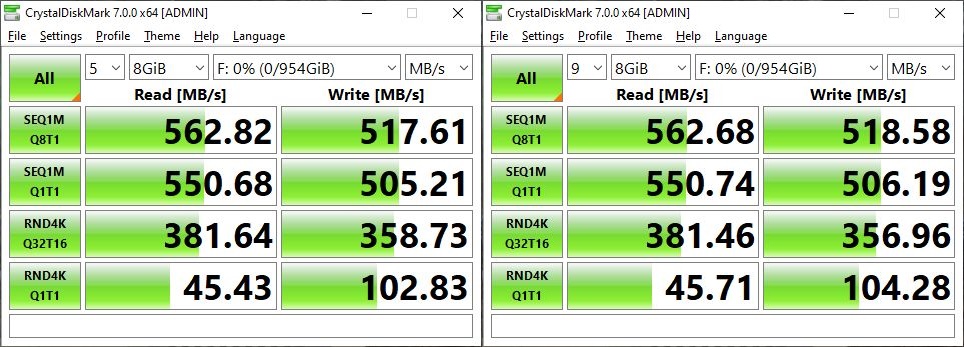
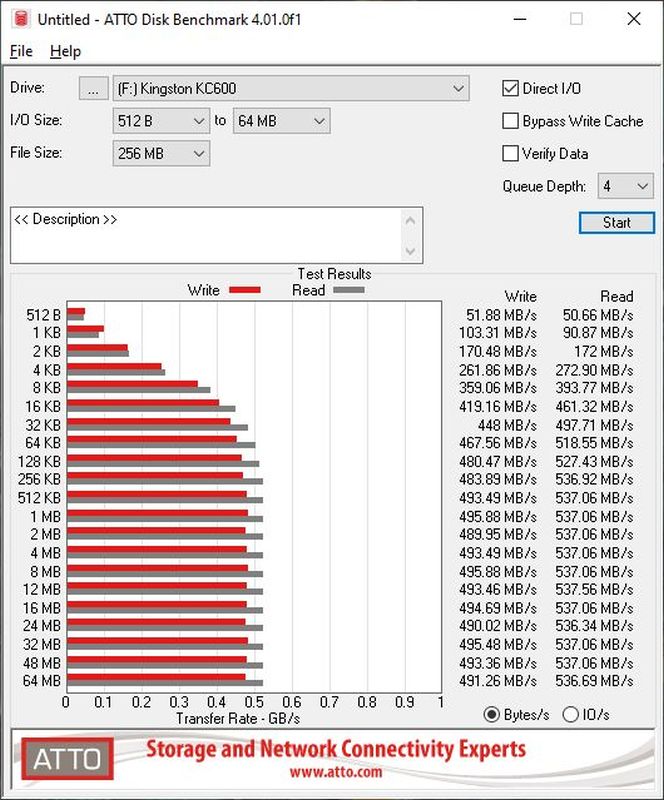
Further, if I’m transferring files from my main NVMe SSD into it, I’m making full and consistent use of the 520MB/s write speed. Enabling me to transfers files as big as 50GB in less than a minute.
The Bad Stuff. Tell Me.
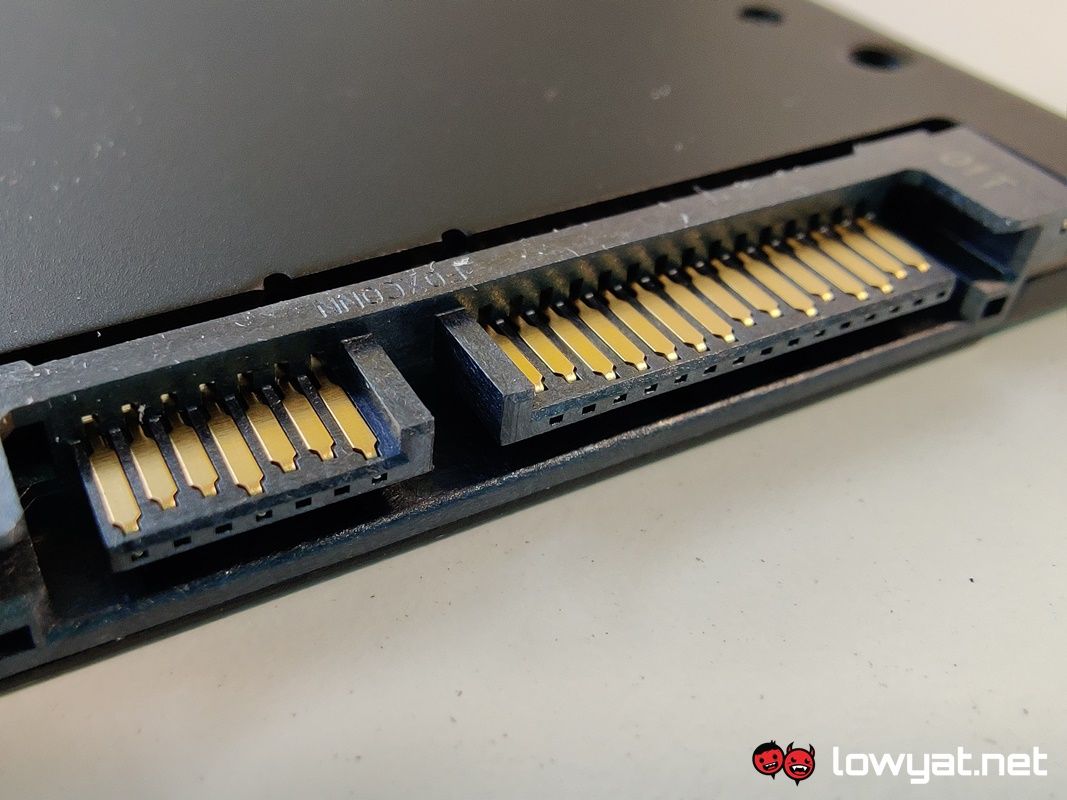
Remarkably, the only drawback I can find with the KC600 is its retail price point. At an official SRP of RM669, it’s not the most competitive price point for a SATA SSD on the market. It’s definitely cheaper than a Samsung 860 EVO of the same capacity, but as another point of comparison, Kingston’s highest capacity A400 and UV560 SATA SSDs are considerably cheaper, despite having similar sequential read and write speeds and slightly smaller storage capacities of 960GB.
On another note and again, at that price point, I would be more inclined to recommend an NVMe Gen3 M.2 SSD with the same capacity, especially if the motherboard in question supports the interface. Case in point, the WD Blue SN550 1TB NVMe SSD that I reviewed earlier costs RM589, while ADATA’s XPG SX8200 Pro 1TB NVMe SSE is slightly cost approximately RM40 more, but has average speeds of 3GB/s.
Should I Buy It?
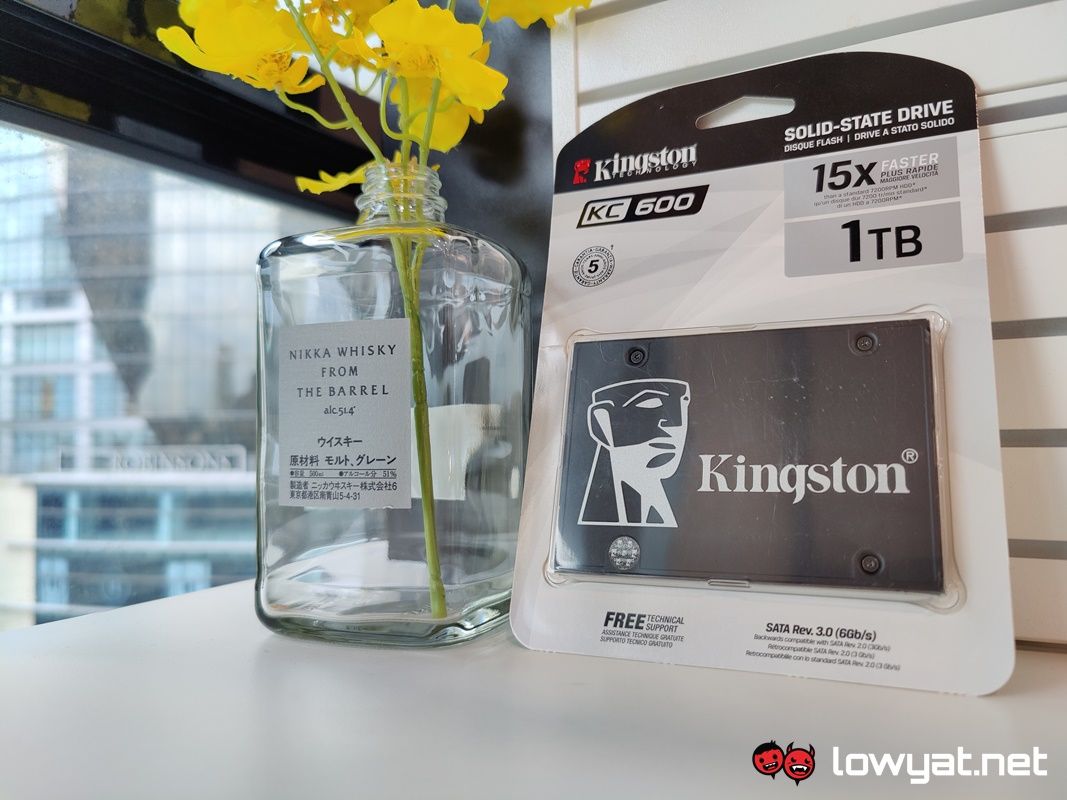
The Kingston KC600 isn’t a bad investment, by any measure of the definition. As an SSD, the bottom line still remains the same; whether it be a SATA or NVMe-based solution, you’re still looking at speeds that are vastly quicker than the traditional HDD.
Ultimately, though, the 1TB variant of the KC600 finds itself stuck between a rock and a hard place: at RM669, it’s not the most cost-effective SSD for consumers looking at bang-for-your-buck options and as I pointed out, there are also NVMe SSDs with the same capacities to consider.
Follow us on Instagram, Facebook, Twitter or Telegram for more updates and breaking news.


